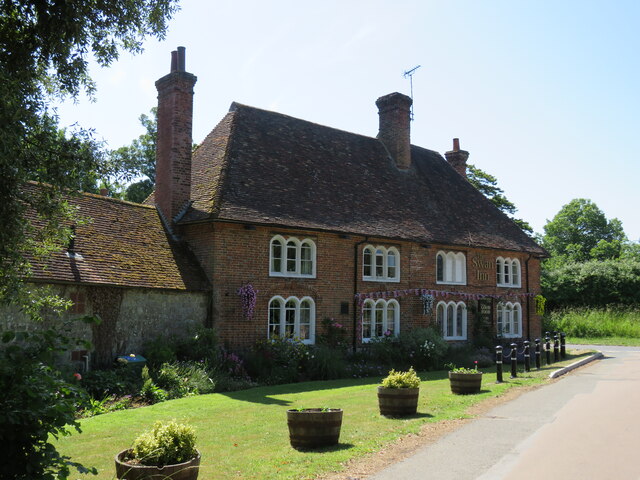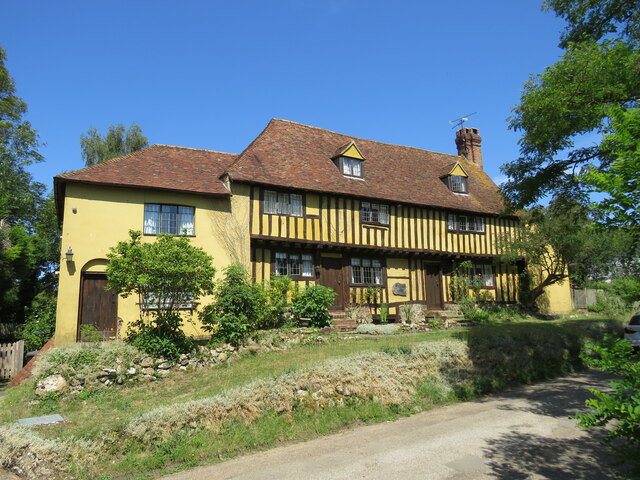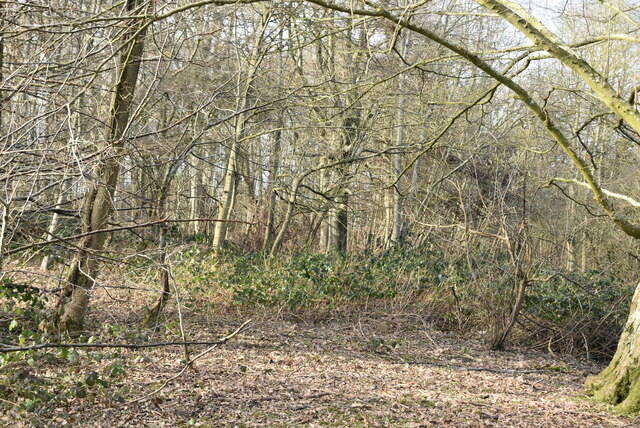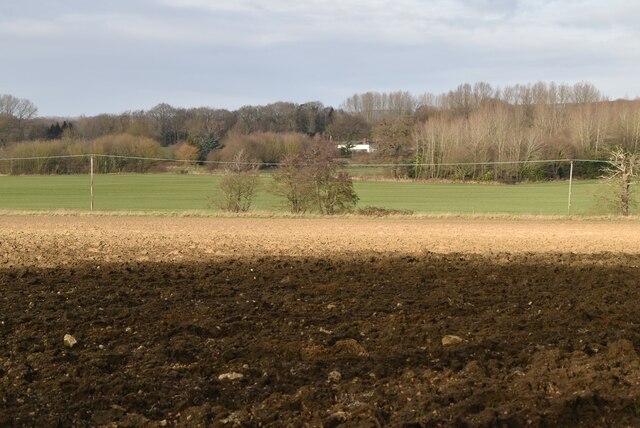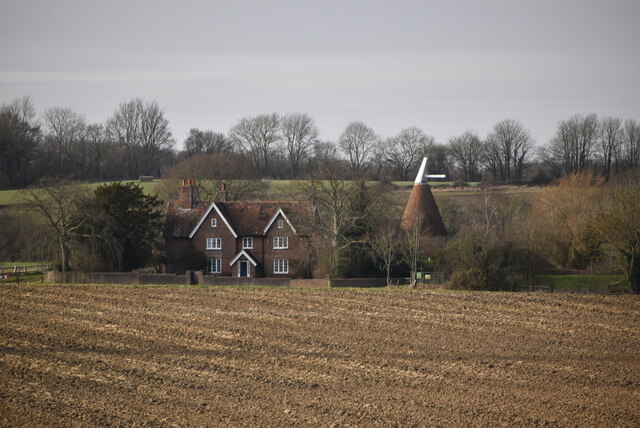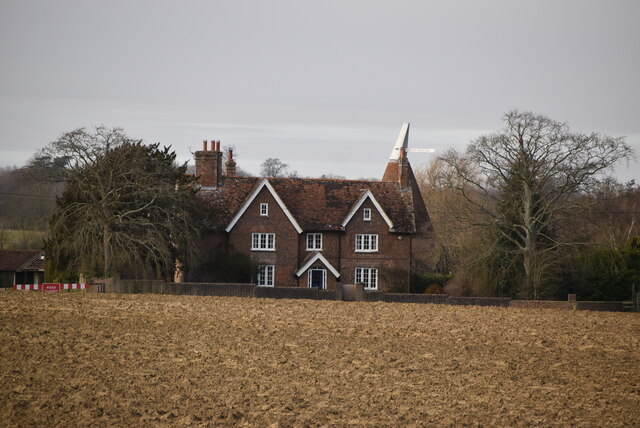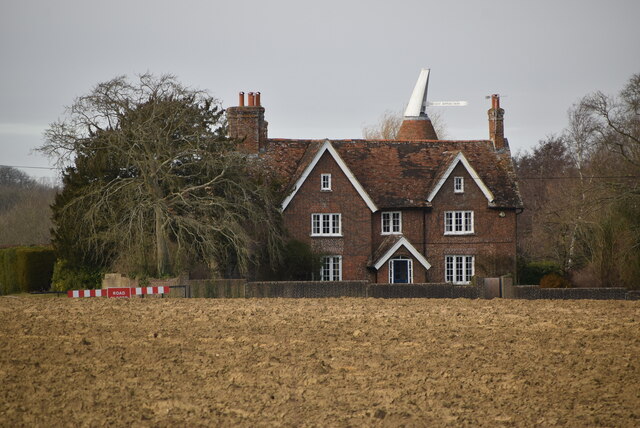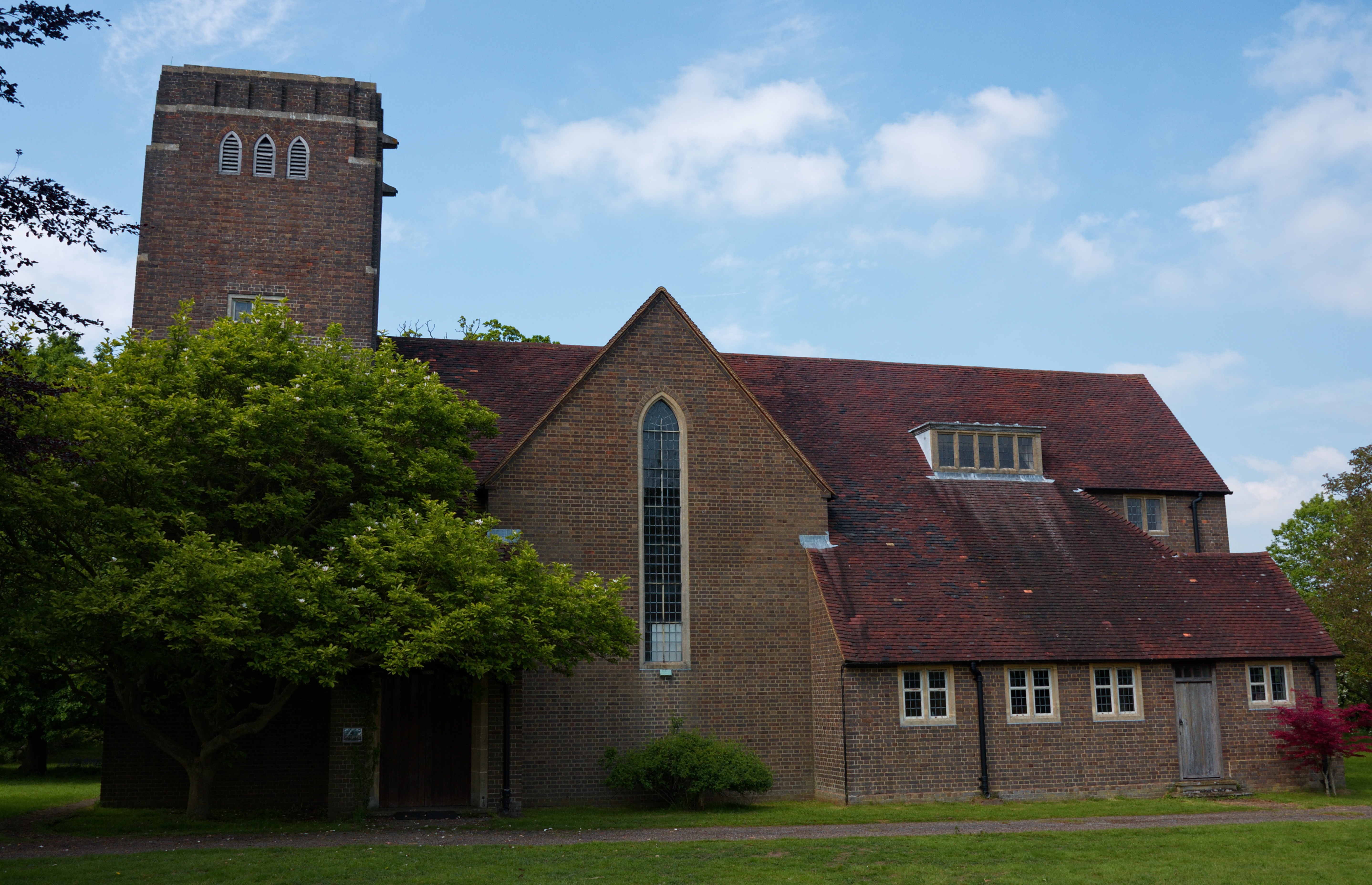Brownmill Spinney
Wood, Forest in Kent Ashford
England
Brownmill Spinney

Brownmill Spinney is a small woodland area located in the county of Kent, England. Situated near the village of Brownmill, the spinney covers an area of approximately 10 acres. It is nestled amidst the picturesque countryside, surrounded by rolling hills and meadows.
The spinney is primarily composed of native deciduous trees, including oak, beech, and birch, providing a rich habitat for a diverse range of flora and fauna. The woodland floor is adorned with wildflowers in the spring and summer, creating a colorful and vibrant setting. The canopy of the trees offers a cool and shaded environment, making it an ideal spot for leisurely walks or picnics during the warmer months.
The spinney is a popular destination for nature enthusiasts and birdwatchers alike. It is home to a variety of bird species, including woodpeckers, owls, and thrushes. The tranquil atmosphere and abundance of wildlife make it a haven for those seeking a peaceful retreat from the bustle of everyday life.
Access to Brownmill Spinney is provided via a network of well-maintained footpaths and trails, ensuring visitors can explore the area easily. The spinney is open to the public year-round and is free to enter. It is managed by the local council, who work to preserve the natural beauty and integrity of the woodland.
Overall, Brownmill Spinney offers a serene and idyllic setting for nature lovers to immerse themselves in the beauty of the Kentish countryside. Whether it's a leisurely stroll or a birdwatching adventure, this small woodland is a hidden gem waiting to be discovered.
If you have any feedback on the listing, please let us know in the comments section below.
Brownmill Spinney Images
Images are sourced within 2km of 51.17137/0.79728345 or Grid Reference TQ9545. Thanks to Geograph Open Source API. All images are credited.


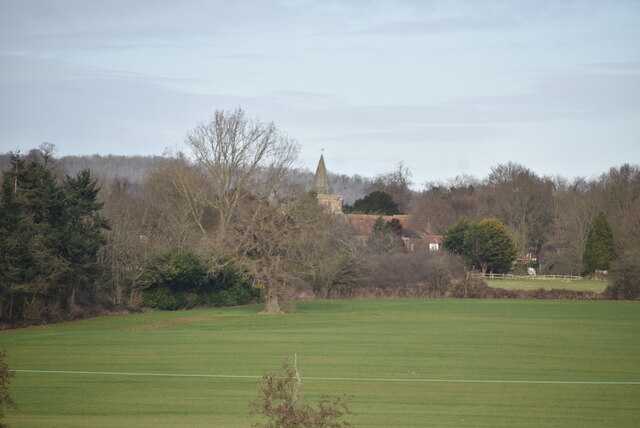



Brownmill Spinney is located at Grid Ref: TQ9545 (Lat: 51.17137, Lng: 0.79728345)
Administrative County: Kent
District: Ashford
Police Authority: Kent
What 3 Words
///awoke.harvest.stickler. Near Charing, Kent
Related Wikis
Hothfield Common
Hothfield Common is a 56.5-hectare (140-acre) biological Site of Special Scientific Interest north-east of Ashford in Kent. It is also a Local Nature...
Little Chart
Little Chart is a village and civil parish, situated 4 miles (6.4 km) north-west of Ashford in Kent, South East England. The parish lies south of the M20...
Hothfield
Hothfield is a village and civil parish in the Ashford Borough of Kent, England and is 3 miles north-west of Ashford on the A20. It is completely split...
Westwell Leacon
Westwell Leacon is a hamlet in the civil parish of Charing near Ashford in Kent, England. Its most famous resident is international Cyclocross star Ian...
Nearby Amenities
Located within 500m of 51.17137,0.79728345Have you been to Brownmill Spinney?
Leave your review of Brownmill Spinney below (or comments, questions and feedback).
